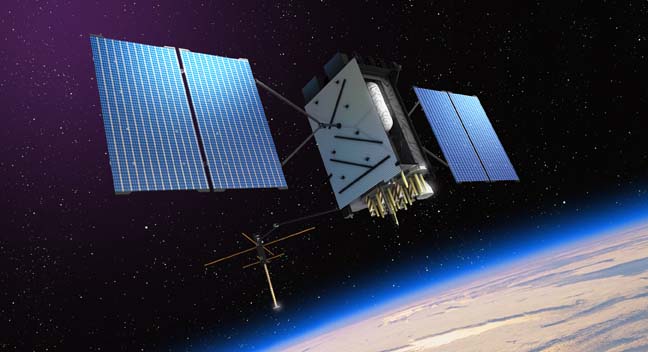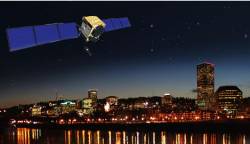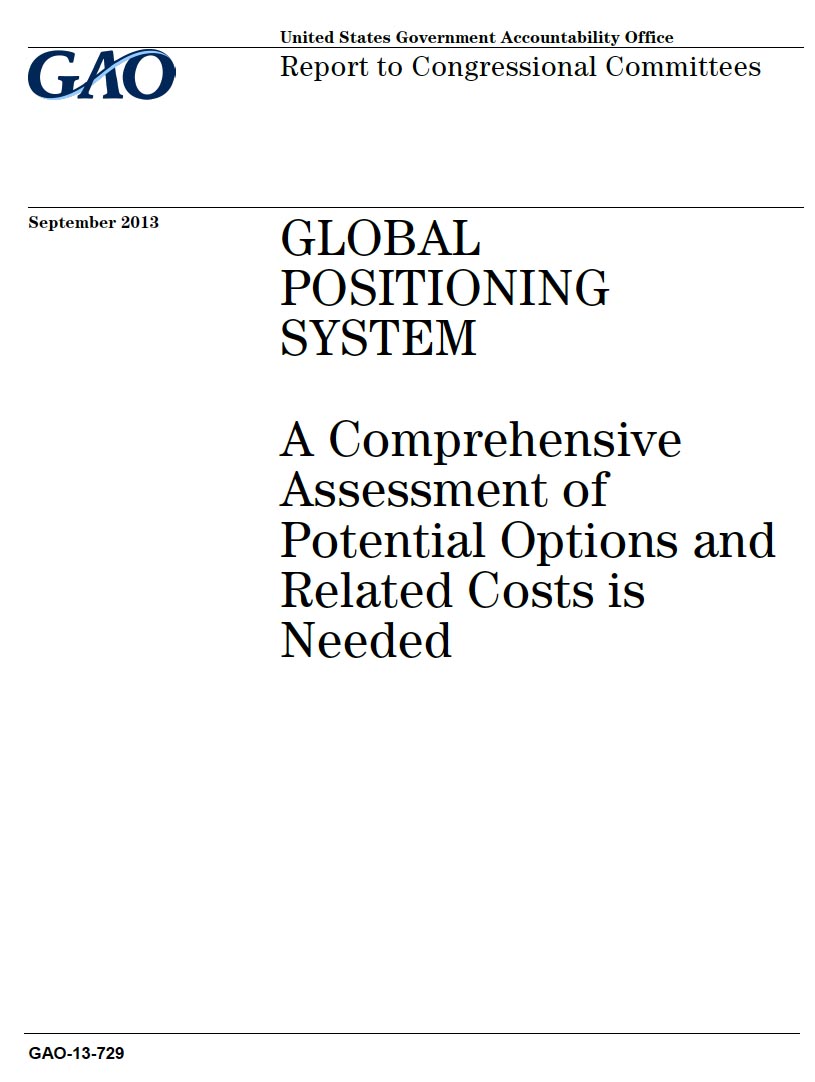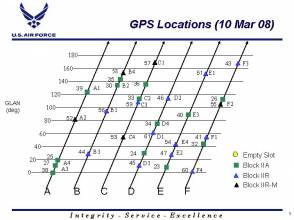A redesign of the GPS satellites under development by Lockheed Martin will add a signal waveform generator, search and rescue payload, laser retroreflector array (LRA), and dual-launch capability beginning with Space Vehicle 9 (SV09).
A redesign of the GPS satellites under development by Lockheed Martin will add a signal waveform generator, search and rescue payload, laser retroreflector array (LRA), and dual-launch capability beginning with Space Vehicle 9 (SV09).
The additional features are part of a delta preliminary design review (dPDR) announced today (April 10, 2013) by the company based on an agreement with the U.S. Air Force. The innovative waveform generator will permit the addition of new navigation signals after launch to upgrade the constellation without the need to launch new satellites to bring that capability online.
The Air Force plans to purchase up to 32 GPS III satellites. Lockheed Martin is currently under contract for production of the first four GPS III satellites, and has received advanced procurement funding for long-lead components for SVs 5–8.
“The design modifications from this dPDR address ways to further reduce Air Force launch costs by $50 million per satellite through dual launch of two GPS III space vehicles on a single booster," said John Frye, Lockheed Martin’s GPS III capability and affordability insertion manager. "This successful dPDR milestone sets the stage to proceed with SV09 design maturation."
According to Lockheed Martin communications manager Chip Eschenfelder, Atlas 5 boosters would be used to provide the dual-launch capability.






